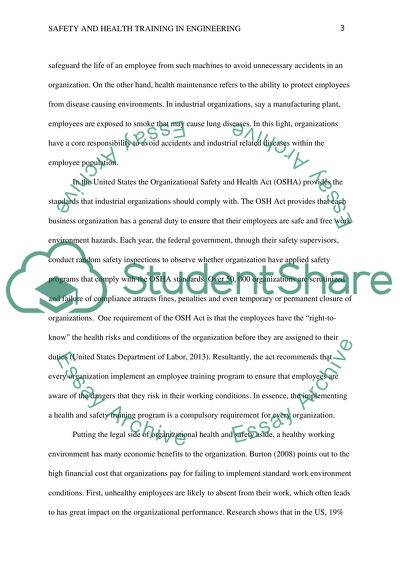Cite this document
(“Industrial safety engineering (safety in work enviroment) Term Paper”, n.d.)
Industrial safety engineering (safety in work enviroment) Term Paper. Retrieved from https://studentshare.org/engineering-and-construction/1493634-industrial-safety-engineering-safety-in-work
Industrial safety engineering (safety in work enviroment) Term Paper. Retrieved from https://studentshare.org/engineering-and-construction/1493634-industrial-safety-engineering-safety-in-work
(Industrial Safety Engineering (safety in Work Enviroment) Term Paper)
Industrial Safety Engineering (safety in Work Enviroment) Term Paper. https://studentshare.org/engineering-and-construction/1493634-industrial-safety-engineering-safety-in-work.
Industrial Safety Engineering (safety in Work Enviroment) Term Paper. https://studentshare.org/engineering-and-construction/1493634-industrial-safety-engineering-safety-in-work.
“Industrial Safety Engineering (safety in Work Enviroment) Term Paper”, n.d. https://studentshare.org/engineering-and-construction/1493634-industrial-safety-engineering-safety-in-work.


